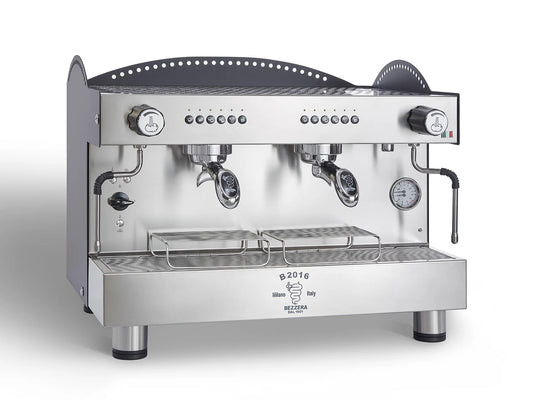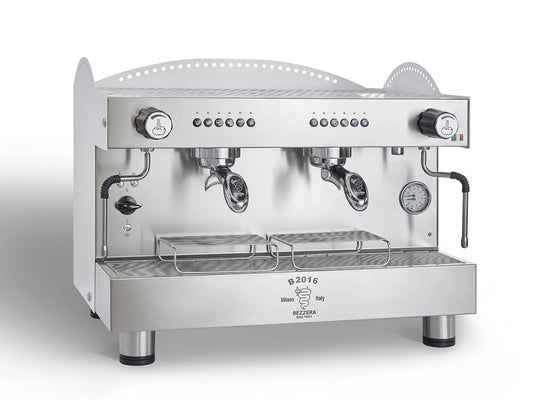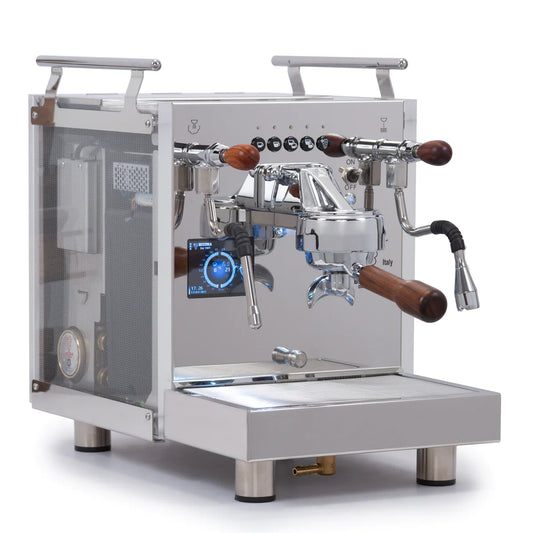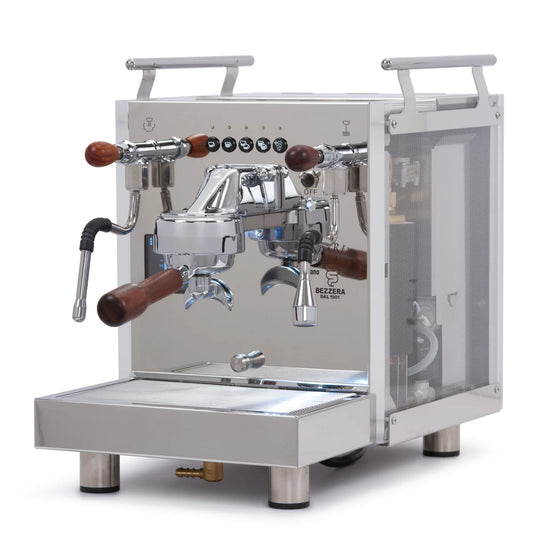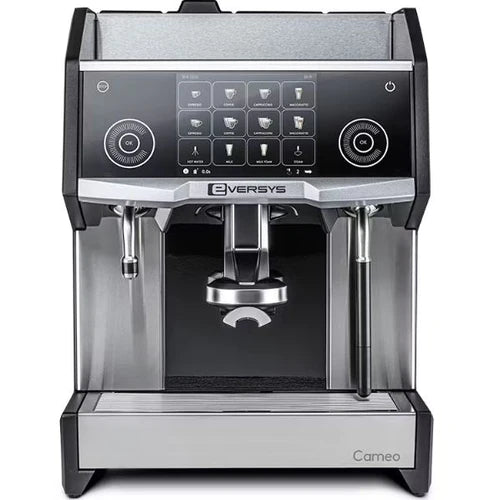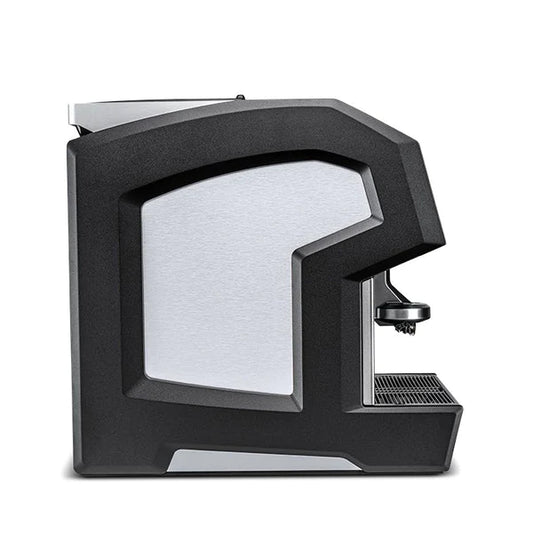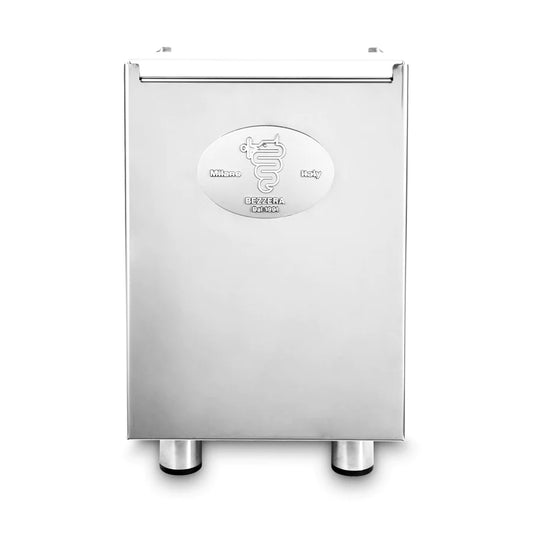Designing the Future: Creating a Modern Coffee Machine Chassis
Table of Contents
- Key Highlights
- Introduction
- Understanding the Project Requirements
- The Importance of Portfolio Strength
- Bidding Dynamics
- Exploring Modern Design Trends
- The Bid Process: Engaging Clients
- Conclusion: The Path Forward
Key Highlights
- A new project calls for the design of a sleek coffee machine chassis using SolidWorks or Rhino, with a budget range of ₹12,500 to ₹37,500 INR.
- The project aims to blend functionality with aesthetic appeal, drawing from modern design principles and provided reference images.
- Designers are encouraged to showcase their past work to secure the project, highlighting the importance of a robust portfolio in competitive bidding platforms.
Introduction
The coffee machine has transcended its basic utility and become a staple in modern kitchens, symbolizing both convenience and sophistication. As consumer preferences shift towards sleek and stylish appliances, the demand for innovative designs in the kitchen appliance sector, particularly coffee machines, grows. The focus is on marrying functionality with aesthetic desirability, which is evident in a recent project call for designers to create a modern chassis for a coffee machine. This article delves into the particulars of this project, exploring the requirements, expectations, and potential benefits for designers who participate in this competitive bidding process.
Understanding the Project Requirements
At the heart of this project lies a need for a modern and sleek design for a coffee machine chassis. The requirements are explicitly defined, ensuring that designers can effectively tailor their proposals to fit client expectations. Key components of the project include:
- Design Aesthetics: The primary focus is on a modern look and feel. Clients are increasingly leaning towards contemporary designs that align with current market trends, which often incorporate minimalist or futuristic elements.
- Software Proficiency: The chosen designer must exhibit proficiency in either SolidWorks or Rhino, two powerful CAD software programs widely utilized in product design. These tools allow for high precision and detail, which are critical in appliance design.
- Use of Reference Designs: Potential designers are provided with reference photographs or images to guide their creative process. This aspect emphasizes the importance of aligning vision and execution based on initial inspirations shared by the client.
Successful design projects necessitate clear communication between designer and client, enabling the incorporation of feedback and modifications throughout the process.
The Importance of Portfolio Strength
A strong portfolio is a crucial asset when bidding on design projects. In competitive marketplaces, showcasing past work that resonates with the potential client's vision can significantly increase chances of securing the project. No longer is it enough to merely outline one's qualifications; designers must effectively illustrate their capabilities through tangible examples of previous work.
The invitation to include samples of similar work serves multiple purposes:
- Establishing Credibility: A portfolio demonstrates a designer’s skill level and experience, reassuring clients of their capability to meet project demands.
- Articulating Style: Each designer has a unique style that may or may not align with the project aesthetic. By presenting past projects, clients can gauge whether a designer's approach resonates with their vision.
- Facilitating Dialogue: A comprehensive portfolio may spark conversations about specific design choices or techniques, enabling a deeper connection between designer and client.
Designers looking to stand out should ensure their portfolios not only display finished projects but also outline their thought processes, challenges faced, and solutions implemented, showcasing their problem-solving skills and adaptability.
Bidding Dynamics
Once designers have crafted their proposals, the next step is the bidding process. This stage is critical in determining project ownership and establishing the framework for the design work to commence. The project, budgeted between ₹12,500 and ₹37,500 INR, specifies that designers must submit a bid that reflects their estimated costs and the value they can provide.
Setting Budgets and Timeframes
Designers have the autonomy to set their budgets and timelines, offering a tailored approach to project engagement. This flexibility allows designers to account for their experience level, the complexity of design requirements, and their personal workload at the time of bidding.
Crafting Proposals
Each bid can be viewed as a mini-business proposal, where designers outline their strategy to meet the client's needs, a crucial aspect that distinguishes their submission from others. Successful proposals should:
- Articulate Understanding of the Project: A clear demonstration that the designer has understood the project's requirements is vital.
- Outline Deliverables: Designers must clearly state what the client can expect in terms of deliverables, including timelines for drafts, revisions, and final designs.
- Offer Competitive Pricing: Bidders should research current market rates to ensure their prices remain competitive without undervaluing their services.
Deliverables and Revisions
A successful design proposal must also include clarity on deliverables beyond just the initial chassis design. This encompasses any needed revisions, 3D rendering, materials recommendations, and support for production if necessary. Regular communication during the design phase ensures alignment with the client's vision and allows for necessary adjustments.
Exploring Modern Design Trends
In achieving a modern and sleek design for a coffee machine chassis, designers must take into account prevailing trends in product design. Recent years have seen a shift towards minimalist designs characterized by clean lines, intuitive functionality, and the integration of advanced technology.
Minimalism Meets Functionality
The essence of modern design often leans towards minimalism, where "less is more" is a guiding principle. Instead of overwhelming users with intricate designs, a sleek exterior can enhance the visual appeal of the coffee machine while simplifying user interaction. This inclination towards minimalism signifies a broader cultural shift towards valuing simplicity and efficiency over unnecessary complexity.
Technology Integration
Modern coffee machines often incorporate multifunctional features that enhance user experience. This may include smart technology for programmable brewing, touchscreen interfaces, or connectivity with mobile devices. As designers conceptualize the chassis, they should keep in mind how these technological elements can be seamlessly integrated without compromising aesthetics.
Sustainability in Design
Sustainability is an increasingly critical factor in product design. Eco-friendly materials and energy-efficient designs are being prioritized by consumers, influencing purchasing decisions. Designers are encouraged to consider the environmental impact of their choices, such as using recyclable materials and designing for longevity to reduce waste.
The Bid Process: Engaging Clients
Once the proposals have been crafted, engaging with clients effectively becomes central to the bidding process. Designers should remain open and responsive to inquiries, as clear communication fosters a positive working relationship and presents an opportunity to elaborate on the proposal.
Building Relationships
The bidding process is not merely transactional; it represents an opportunity to build rapport with potential clients. Looking beyond the immediate project, successful interactions could lead to future projects or referrals, further enhancing a designer’s professional network.
Feedback Mechanism
Utilizing client feedback to refine proposals or design concepts is an essential part of the design process. Engaging in discussions regarding design direction, preferences, and adjustments can lead to a more satisfactory outcome. Active listening and adapting according to feedback demonstrate commitment and professionalism.
Conclusion: The Path Forward
The design project for the modern coffee machine chassis presents an exciting opportunity for skilled designers to make an impact in a competitive market. By aligning their designs with contemporary aesthetics, integrating innovative technologies, and adhering to sustainable practices, designers can not only meet client expectations but also set new standards in product design. As they embark on this journey, it’s important to embrace collaboration, maintain open communication, and continuously innovate to thrive in the ever-evolving landscape of product design.
FAQ
What design programs are acceptable for this project? Designers should have proficiency in either SolidWorks or Rhino, as these tools are necessary for achieving the required level of detail and accuracy in the project.
How can I create a strong portfolio for this type of work? Include a variety of past projects that highlight not only the final product but also the design process and any challenges faced. Showcase both aesthetic considerations and functional design features.
What are the typical trends in coffee machine designs? Current trends focus on minimalism, technology integration, and sustainability. Designers should aim for a balance between sleek aesthetics and advanced functionality to appeal to modern consumers.
What if the client asks for revisions after the initial design? Communication is key. Be prepared to explain your design choices and incorporate feedback where feasible to align the design with the client's vision.
How do I know what to bid for this project? Research industry standards and analyze your experience level, the complexity of the design, and your ability to deliver the project on time. Adjust your pricing to reflect both your skills and market expectations.

